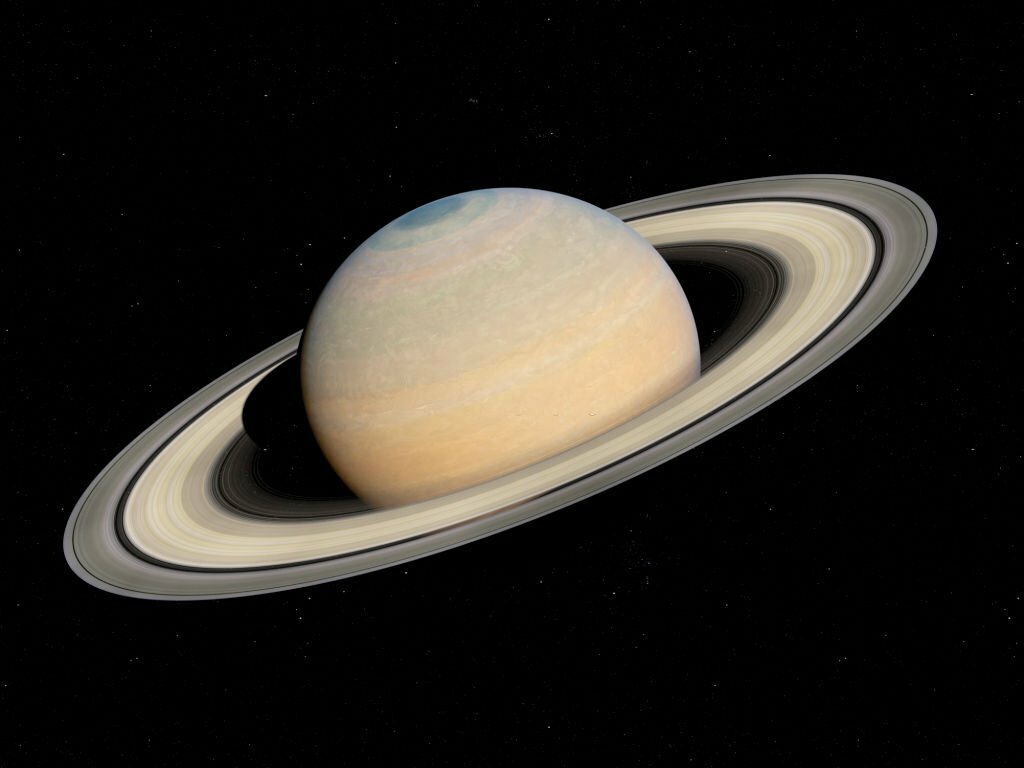Discover the latest insights on “How Long Does It Take to Travel to Saturn? (2023 Update)” in this comprehensive article. Explore the time, technology, and possibilities of reaching Saturn.
In the vast expanse of our solar device, Saturn has constantly captivated our creativity. Its impressive rings and mysterious moons make it an exciting vacation spot. But have you ever puzzled, “How long does it take to travel to Saturn?” In this newsletter, we’ll delve into this question and provide you with a 2023 replacement at the time it takes, the era concerned, and the possibilities of achieving this remote gas giant.
How Far Away Is Saturn from the Sun?
Saturn, the extraordinary gasoline large, is positioned in the outer regions of our solar system. When we take into account its distance from the Sun, we comprehend the large expanse it traverses.
The common distance from Saturn to the Sun is approximately 1.Four billion kilometers. To put this into perspective, it’s almost ten instances further from the Sun than Earth. This considerable distance performs a tremendous position inside the time it takes for a spacecraft to attain Saturn, as we explored earlier.
How Far Away Is Saturn from Earth?
Saturn’s distance from Earth isn’t always consistent however varies as both planets move in their respective orbits across the Sun. In common, while Saturn and Earth are at their closest method, they’re approximately 1.2 billion kilometers apart. However, this distance can increase to over 1.6 billion kilometers when they’re on opposite sides of their orbits.
This variability in the distance between Saturn and Earth can impact the feasibility and duration of missions to Saturn. Space agencies carefully plan their missions to take advantage of the most favorable alignment of the two planets to minimize travel time and fuel consumption.
Understanding the vast distances involved in space exploration is essential in appreciating the challenges and achievements of missions to distant celestial bodies like Saturn.
Unraveling the Journey
The Journey Begins
Embarking on a voyage to Saturn is no small feat. It requires careful planning, advanced technology, and an unquenchable spirit of exploration. Let’s start by understanding the key components of this incredible journey.
Navigating Through Space
Traveling to Saturn involves navigating the vastness of space. With its average distance from Earth being around 1.4 billion kilometers, the journey requires precision and determination. The spacecraft must follow a carefully calculated trajectory to reach its destination. Read also is Tumblr Used for Dating.

Speed Matters
The speed of the spacecraft performs a pivotal position in figuring out the length of the journey. The quicker the spacecraft, the shorter the journey time. Advanced propulsion systems, along with nuclear propulsion or ion drives, are being evolved to obtain better speeds.
Gravity Assist
To save on time and fuel, spacecraft often utilize gravity assists from other celestial bodies. These assists provide a gravitational boost, allowing the spacecraft to gain momentum and speed up its journey towards Saturn.
Technology and Progress
Cutting-Edge Spacecraft
To travel to Saturn, we rely on current spacecraft and generation. Modern missions to Saturn, just like the Cassini-Huygens challenge, have paved the way for destiny explorations. These spacecraft are prepared with the latest units and technology.
Cassini-Huygens Mission
The Cassini-Huygens mission, a joint effort by NASA, ESA, and ASI, provided us with invaluable insights into Saturn and its moons. Launched in 1997, it arrived at Saturn in 2004 and operated for over a decade. This mission exemplifies the progress we’ve made in our quest to explore Saturn.
Future Possibilities
As technology advances, the possibilities of reaching Saturn become more achievable. The development of faster propulsion systems and more efficient spacecraft will likely shorten travel times in the future.
How Long Does It Take to Travel to Saturn? (2023 Update)
The Average Journey Duration
As of 2023, the average duration of a journey to Saturn is approximately 6.7 years. This time frame includes travel to Saturn, exploration, and the return journey. Keep in mind that the actual duration can vary based on the spacecraft’s speed and trajectory.
Fastest Mission
The fastest mission to Saturn, using a gravity assist from Jupiter, took approximately 1.7 years. This mission involved the use of advanced propulsion and precise navigation.
Slower Missions
Missions that rely solely on conventional propulsion methods can take significantly longer, up to 8 to 9 years to reach Saturn.
Final Words
In our quest to discover the mysteries of the universe, traveling to Saturn is a first-rate achievement. While it takes numerous years to reach this distant planet, the advancements in generation and the determination of space groups make it feasible. As we look to the future, faster missions or even greater exciting discoveries anticipate us inside the realm of Saturn.




